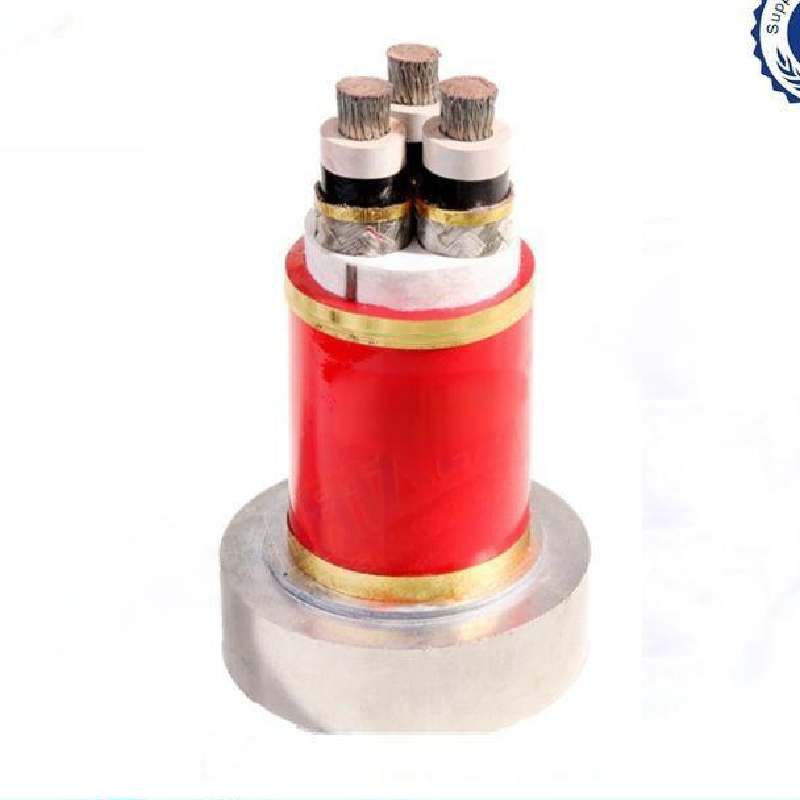វិច្ឆិកា . 14, 2024 04:10 Back to list
wafer butterfly valve
Understanding Wafer Butterfly Valves Design, Functionality, and Applications
Wafer butterfly valves are essential components in many industrial piping systems. They are primarily used for controlling the flow of fluids, making them a popular choice in various applications ranging from water treatment plants to food processing facilities. The unique design of these valves offers several advantages, including compactness, weight efficiency, and ease of installation.
A wafer butterfly valve consists of a circular disc that rotates around a central axis within a pipe, effectively controlling the flow of liquid or gas. Unlike traditional valves, which can be bulky and difficult to install, wafer butterfly valves are designed to fit between two pipe flanges. This design simplifies installation and reduces the space required for the valve, making it ideal for applications with limited space.
One of the key advantages of wafer butterfly valves is their lightweight construction
. Typically made of materials such as stainless steel, cast iron, or plastic, these valves can be easily handled and installed, reducing labor costs and installation time. Their lightweight nature does not compromise their strength or durability, allowing them to withstand high-pressure environments and corrosive substances.The operational mechanism of a butterfly valve is relatively simple. When the valve is closed, the disc is perpendicular to the flow, creating a seal that prevents fluid from passing through. When the valve is opened, the disc rotates to a parallel position with the flow, allowing fluid to pass with minimal resistance. This design contributes to the valve’s efficiency, enabling quick response times for flow control.
wafer butterfly valve

Wafer butterfly valves also offer versatility in various applications. They can be tailored with different actuators, including pneumatic, electric, or manual, to suit specific operational needs. This flexibility makes them suitable for both on-off and throttling applications. Industries such as oil and gas, water treatment, HVAC, and chemical processing benefit significantly from their adaptability and reliability.
Another important aspect of wafer butterfly valves is their low maintenance requirements. Due to their simple design and fewer moving parts, they tend to require less maintenance compared to other valve types. Routine inspections and occasional lubrication are usually sufficient to keep them in optimal working condition, which can lead to significant cost savings over time.
However, like any mechanical component, selecting the right wafer butterfly valve for a specific application is crucial. Considerations such as pressure ratings, temperature limits, and the type of fluid being handled must be factored into the decision-making process. Proper sizing and material selection are essential to ensure the valve performs safely and efficiently.
In conclusion, wafer butterfly valves are an integral part of modern piping systems due to their compact design, lightweight nature, and operational efficiency. Their versatility and low maintenance requirements make them suitable for a wide range of industries. Understanding the specifications and functionalities of wafer butterfly valves is essential for engineers and operators to optimize flow control and ensure the longevity of their piping systems. As industries continue to evolve, the role of these valves will remain critical in managing fluid dynamics effectively.
Share
-
Reliable Wafer Type Butterfly Valves for Every IndustryNewsJul.25,2025
-
Reliable Flow Control Begins with the Right Ball Check ValveNewsJul.25,2025
-
Precision Flow Control Starts with Quality ValvesNewsJul.25,2025
-
Industrial Flow Control ReliabilityNewsJul.25,2025
-
Engineered for Efficiency Gate Valves That Power Industrial PerformanceNewsJul.25,2025
-
Empowering Infrastructure Through Quality ManufacturingNewsJul.25,2025